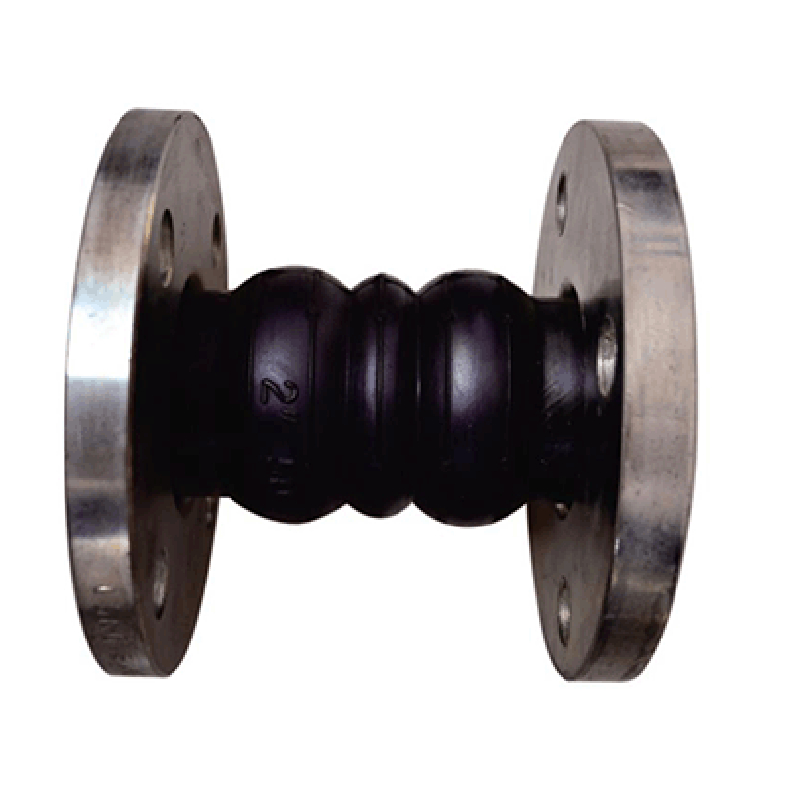ডিসে. . 25, 2024 06:58 Back to list
Rubber-Lined Butterfly Valve for Enhanced Performance and Durability in Fluid Control Applications
Understanding Rubber Lined Butterfly Valves
In various industrial applications, the selection of the right valve is crucial to ensuring efficiency, performance, and longevity in fluid control systems. Among the various types of valves available, the rubber lined butterfly valve stands out as a preferred choice for many industries due to its unique characteristics and advantages. This article delves into the features, benefits, applications, and maintenance of rubber lined butterfly valves, illuminating why they are an essential component in fluid management systems.
What is a Rubber Lined Butterfly Valve?
A rubber lined butterfly valve is a type of quarter-turn valve that utilizes a disc to regulate the flow of fluids. The disc is positioned in the flow path and rotates on a shaft to either block or allow the flow. The 'rubber lining' refers to the elastomeric material that coats the interior of the valve and the disc. This lining serves multiple purposes, including providing a strong seal, protecting the valve body from corrosion, and enhancing the valve's overall durability.
Key Features of Rubber Lined Butterfly Valves
1. Corrosion Resistance The rubber lining offers excellent resistance to corrosive fluids, making it suitable for use in harsh environments, such as wastewater treatment plants and chemical processing facilities. 2. Lightweight Design Compared to other types of valves, butterfly valves are generally lighter, making installation and maintenance easier and less cumbersome.
3. Compact Structure Their compact design allows them to be installed in spaces where other valves might not fit, making them ideal for systems with space limitations.
4. Efficient Flow Control Rubber lined butterfly valves can provide precise flow regulation, ensuring efficient operation of the system they are integrated into.
5. Versatile Applications Due to their design and materials, these valves can be used in a range of applications, including HVAC systems, food and beverage processing, and the pharmaceutical industry.
Benefits of Rubber Lined Butterfly Valves
- Cost-Effectiveness The initial investment in rubber lined butterfly valves can be lower than other valve types when considering their long-term performance and maintenance costs. - Reduced Risk of Leaks The elasticity of the rubber lining ensures a tight seal when the valve is closed, significantly reducing the risk of leaks and wastage of fluid.
- Lower Pressure Drop These valves inherently allow for a lower pressure drop across the valve compared to other types of valves, contributing to greater overall system efficiency.
- Easy Maintenance Regular maintenance of rubber lined butterfly valves is straightforward, often requiring only inspection and occasional replacement of worn components.
rubber lined butterfly valve

Applications of Rubber Lined Butterfly Valves
The versatility of rubber lined butterfly valves allows them to be effectively utilized across a wide array of industries
- Water Treatment Often used in water treatment plants, these valves regulate the flow of water while resisting corrosion from chemicals used in the treatment process. - Chemical Processing Rubber lining provides the necessary resistance to various chemicals, allowing for seamless control of aggressive fluids.
- Food and Beverage Industry With their easy-to-clean surfaces and resistance to contamination, these valves are ideal for food processing applications.
- HVAC Systems In heating, ventilation, and air conditioning systems, these valves help control airflow with minimal energy loss.
Maintenance Tips for Rubber Lined Butterfly Valves
To ensure the longevity and optimal performance of rubber lined butterfly valves, regular maintenance is essential. Here are a few tips
- Inspection Regularly inspect the valve for signs of wear, corrosion, or damage to the rubber lining. Early detection can prevent more significant issues later.
- Cleaning Keep the valve clean from debris and buildup that could affect its operation.
- Lubrication Apply appropriate lubricants to the moving parts to avoid seizing and ensure smooth operation.
- Testing Periodically test the valve's functionality to ensure it opens and closes fully without obstruction.
Conclusion
Rubber lined butterfly valves play a critical role in a multitude of industrial processes, providing efficient and reliable control over fluid flow. Their corrosion resistance, compact design, and ease of maintenance make them a preferred choice for various applications. By understanding their benefits and proper maintenance practices, industries can leverage these valves to improve system reliability and performance, ultimately contributing to enhanced operational efficiency.
Share
-
Reliable Wafer Type Butterfly Valves for Every IndustryNewsJul.25,2025
-
Reliable Flow Control Begins with the Right Ball Check ValveNewsJul.25,2025
-
Precision Flow Control Starts with Quality ValvesNewsJul.25,2025
-
Industrial Flow Control ReliabilityNewsJul.25,2025
-
Engineered for Efficiency Gate Valves That Power Industrial PerformanceNewsJul.25,2025
-
Empowering Infrastructure Through Quality ManufacturingNewsJul.25,2025